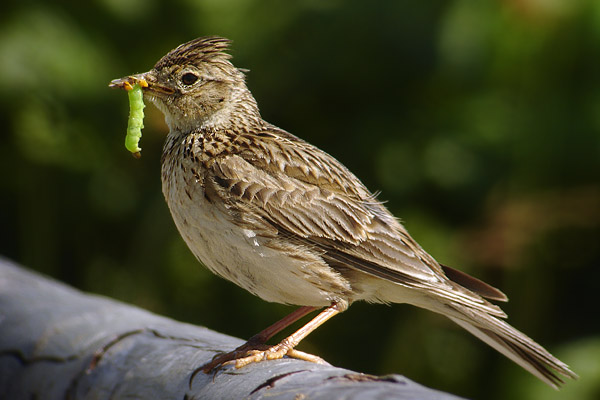Facts About Eurasian skylark
The Eurasian skylark is a small songbird found across Europe and the Palearctic region. It has also established populations in places like New Zealand, Australia, and the Hawaiian Islands. One of the most remarkable features of this bird is its song. The male skylark sings while hovering in the air, often reaching altitudes of 50 to 100 meters.
Regarding nesting, the female skylark constructs her nest directly on the ground, where she typically lays three to five eggs and incubates them for about 11 days. The chicks leave the nest after 8 to 10 days, and both parents continue to feed them until they can fly, which occurs around 18 to 20 days. Unfortunately, these nests commonly face high predation rates. Nevertheless, the skylark is resilient and can have several broods in one season.
Taxonomically, the Eurasian skylark was first described by Carl Linnaeus in 1758 and belongs to the lark family, Alaudidae. It is closely related to the Oriental skylark. At one time, the Japanese skylark was considered a separate species but is now classified as a subspecies of the Eurasian skylark. There are eleven recognized subspecies of this bird.
In terms of appearance, the Eurasian skylark might not be immediately striking. It is primarily brown on top and paler underneath, with a short crest on its head. However, what it lacks in flashy looks, it compensates for with its long, melodious song. The bird breeds across Europe and Asia, and some populations migrate. Those introduced to New Zealand, Australia, Hawaii, and Canada have adapted well to their new environments.
During the breeding season, the female skylark takes on the role of incubating the eggs on the ground. Once the chicks fledge, both parents share the responsibility of feeding them. Their diet consists of insects and plant material. However, the Eurasian skylark faces threats such as habitat loss, primarily due to changes in farming practices. Conservation efforts are underway to create suitable nesting areas and maintain biodiversity in agricultural landscapes.

 Liechtenstein
Liechtenstein